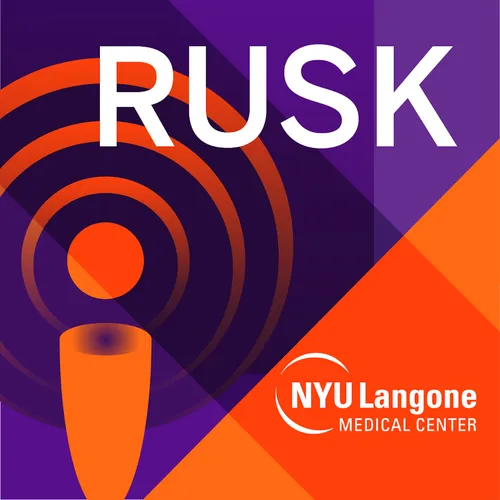Dr. Ronald (James) Cotton Grand Rounds: Opportunities of AI Powered Gait Analysis for Rehabilitation, Part 1
- Author
- RUSK
- Published
- Wed 30 Jul 2025
- Episode Link
- https://sites.libsyn.com/66218/dr-ronald-james-cotton-grand-rounds-opportunities-of-ai-powered-gait-analysis-for-rehabilitation-part-1
Dr. Ronald (James) Cotton who is an electrical engineer, neuroscientist, and physiatrist working as a physician scientist at Shirley Ryan Ability Lab, and assistant professor in the Northwestern University Department of Physical Medicine and Rehabilitation.
PART 1 All of us probably believe and understand that how someone moves and walks is hugely informative. People are exuding all this information about their health status, but we don't measure it and obviously a core treatment of rehabilitation is how people move. We don't actually routinely measure that and the reason is that we need better, more clinically accessible tools to measure the clinically meaningful things about movement and then use those to guide our treatment programs. We've never really had the tools. So, I'm going to discuss a plurality of methods we've been developing in my lab, including tools that use multi-view video, monocular video from a smartphone, for example, as well as sensor technology and then how we're trying to extract clinically meaningful metrics from these methods. A challenge we've been addressing in the lab is that the tools developed by the AI community don't necessarily solve the problems that we need or produce clinically relevant outputs. It's really important to have confidence intervals on what you measure. If we're going to use anything for decision making, we have to know we can trust it. A problem with a lot of computer vision algorithms is they don't provide anything like confidence intervals. Even if they pretend to, they're often uncalibrated and unreliable.
